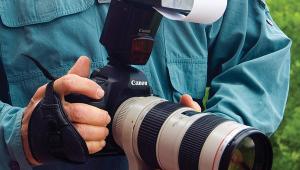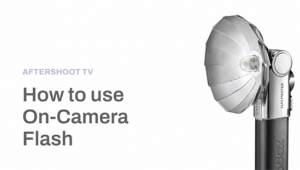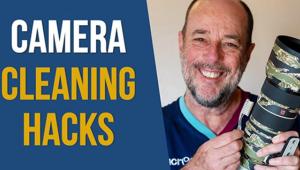Bowens Espirit Gemini Flash System
The Gemini kit is composed of two flash heads (monoblocs) and a Gemini Battery set, as well as a strong duffle-bag like carrying case and stands for the heads. We worked with the 500WS heads, although the kit comes in both 250WS and 750WS units as well. The supplied stands come with an "L" bracket that allows you to mount the heads in vertical or horizontal positions. Once mounted you can choose from either AC or battery power; be sure to set the appropriate switch on the back and avoid connecting both at the same time. Once you do the green "go" light comes on quickly and you're ready to shoot.
The heads' output are variable over five full f-stops, from full to 1/32 power, with 1/3 EV steps in between. The accompanying modeling lamp must be manually set to match the flash output, which is easily done by matching numbers on the dials. If you need an audible signal that the flash has built up full power you can set the sound switch to "on", or turn it off if desired. When you hit the flash you can have the modeling lamp dim out or stay on all the time.
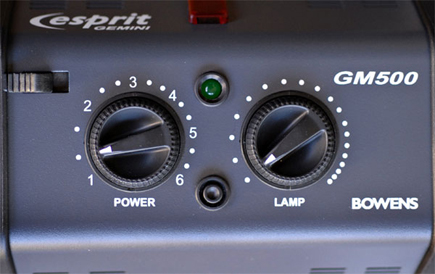 |
|
|
There are three ways to trigger the flash. If you want to test the flash or use multiple pops you can work with the Open Flash button. You can also use a standard quarter inch jack attached to the socket on the rear of the unit. If you want to fire just one flash you can go straight in, or use a "Y" connector for both heads. This is where you can also plug in an infrared receiver or similar wireless triggering device. One accessory you might consider is the Bowens Pulsar Radio Trigger, which mounts in your camera hot shoe and can be used, says Bowens, for popping the flash up to 100 meters away (!) This is a radio transmitter so you can shoot through walls and around corners. It offers four individual channels and what is known as six studio selectors, each with a different ID for different flash units. Bowens tells us that the low-voltage operation of the unit makes it ideal for use with digital SLRs. Another firing option is the built-in photocell "slave", which can be used to pop the flash with any other flash source, such as a shoe mount or even built-in flash on your camera. This can be switched on or off, depending on your operating conditions.
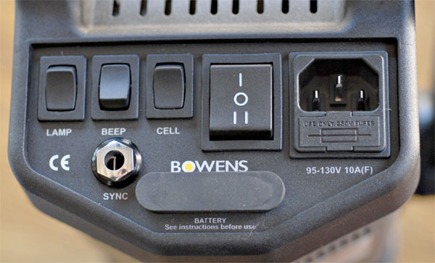 |
|
|
On their own and connected to an AC power source the Gemini heads can be used for any studio setup, from still life to portraits to groups. They take a numerous and full line of light modifiers, including wide-angle, keylite and softlite reflectors as well as adaptors for a wide range of softboxes (visit www.rtsphoto.com for more information on the lighting modifiers available.) But the real bonus of this system is the ability to power it using the Gemini Travel-Pack. The battery pack can power two monoblocs simultaneously, with a total power output of 1500 WS, which means you can use both heads at full power off the one pack. If you use only one head there's a supplied "dummy" to close off the second power socket. It brings one of the heads to full power in about 5 sec., and yields up to 200 full-power flashes on one charge. You can charge either in fast or slow options, which means it can give you a quick boost for the last remaining shots in a set if needed. Weighing in at about 15 lb, the Travel-Pak comes in a case with a shoulder sling, making it easy to carry about wherever your location shots lead.
 |
|
|
For testing photographer John Schaub worked on location with model Caitland McTiernan. He used a single head as a direct flash in a snowy field, placing insulating cover on the ground. The Travel-Pack worked flawlessly for the full shooting session, powering up quickly between takes and setups. In the studio Schaub created sets for shots of vintage Fire-King dinnerware, using flags and skim lighting to create the quiet glow in and through the products.
 |
|
|
List price on the Gemini 1000 WS kit (two 500WS heads) is $1945; the Travel Pack lists for $895. Together they make for a versatile lighting kit that can be used in the studio, or on the go.
- Log in or register to post comments

